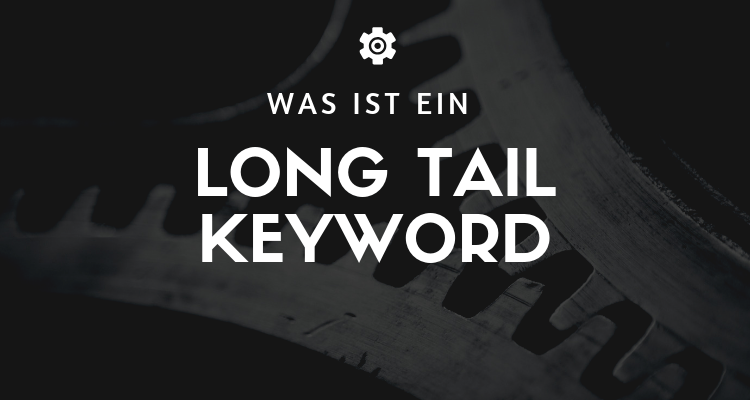
Zwei Schlagworte, die sich sowohl auf die Inhaltsoptimierung als auch auf das AdWords-Targeting beziehen, sind „Long Tail Keywords“ und „Broad Keywords“. Es ist wichtig, den Unterschied zwischen beiden zu verstehen, um On-Page-Inhalte und AdWords-Kampagnen effektiv zu optimieren.
What is a long tail keyword?
A Long Tail Keyword is typically a four or more words comprehensive phrase that is very specific to a particular product. Although these keywords tend to have fewer websiteTraffic they usually lead to higher conversions. This is because a visitor with a detailed search term (e.g. "black T-shirt with white stripes") knows exactly what they want and is more likely to buy.
The long-tail keywords are important because there is less competition within these search terms, giving a higher Ranking for organic search queries and a lower CPC corresponds in the paid search. They are also often searched for when someone actually has a Purchase intention has, as opposed to just surfing.
For example, a Google search for "coffee" would return endless results. However, if a searcher is looking for "medium roast coffee bean vacuum pack" because they know exactly what they are looking for, this targeted search would narrow down the results considerably. This in turn leads to easy-to-conquer Traffic, less competition, and lower costs for text ads and PLAs.
What is a Broad Keyword?
On the other hand Broad Keywords exist usually from one to three termsare less specific and generate a broad set of results. If you use broad match in the ads, your website link or ad can appear whenever a search contains a term in your phrase. For example, if the keyword is "coffee beans", your ad may appear when a user searches "coffee makers" or "pinto beans".
Since a broad match generates a variety of results, there is an opportunity for searchers to click on your link when searching for unrelated topics. The cost of Broad Keyword Campaigns can add up quickly. However, when Brand awareness and high visibility the targets are, broad keywords can be effective if used strategically.
The difference between these two types of keywords can be seen as a "Quality versus quantity"; long tail keywords are likely to bring you more quality visitors and conversions, while broad match is likely to give you higher visibility.
Marketing is an ever-changing chessboard in which keywords are of critical importance. To take full advantage of a keyword strategy, you need to recognize the differences between long tail and broad keywords. That way, you'll bring more of the kind of visibility - either quality or quantity - that you want for your business.
« Back to Glossary Index
